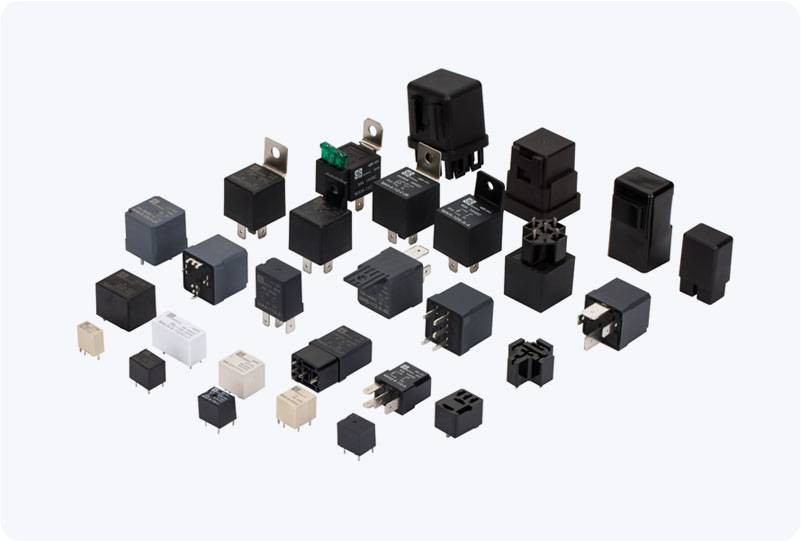In modern power electronic systems, capacitors are essential components used to store and release energy, smooth out voltage fluctuations, and filter signals. However, the process of charging a capacitor, especially large ones, can present significant challenges. When a large capacitor is first connected to a power supply, the inrush current—due to the sudden charging of the capacitor—can be immense. This surge can damage sensitive components, cause system instability, or even result in failure. To mitigate these issues, a Capacitor Precharge Circuit Relay is employed to ensure that capacitors are charged in a controlled and safe manner.

The Role of a Capacitor Precharge Circuit Relay A Capacitor Precharge Circuit Relay is a protective component in power electronic systems that ensures the smooth and gradual charging of capacitors. Its primary function is to control the inrush current when a capacitor is initially connected to a voltage source. Without a precharge mechanism, the sudden surge of current could stress the capacitor, power supply, and other components in the system. The relay works by initially limiting the charging current through a resistor, thereby preventing the capacitor from receiving a large current spike. As the capacitor gradually charges, the relay monitors the voltage level across the capacitor. Once the capacitor’s voltage reaches a certain threshold, the relay switches, allowing the capacitor to be fully charged without the initial inrush current.